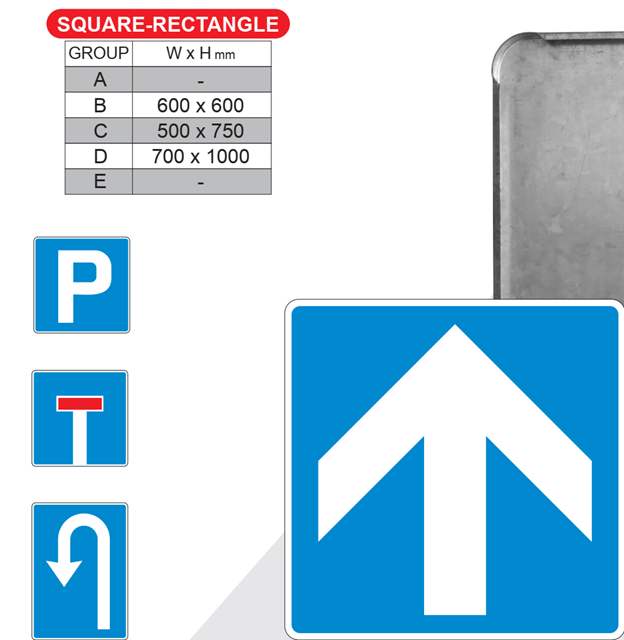These signs are in circle, triangle, square, rectangle & 8 – sided polygon shapes.
These signs are used to inform of possible dangers. These are of triangular shape. Their distance of the possible hazard is 100 to 200 meters depending on the nature of the hazard.
Warning & regulatory signs
DISCIPLINARY SIGN
WARNING SIGN
These signs give orders to the road users which upon refusal, shall be subject to fines & are of a triangular shape.
INFORMATION SIGN
These are signs which convey general information of the road users such as location of parking spaces, restaurants, etc., & have square or rectangle shapes.
Non – arterial roads
Body of these signs are of galvanized steel with a thickness of 1.5 mm & are of circle, triangle or square shapes. Two holes are drilled on the body for mounting purposes. These sheets do not have a high resistance to folding & the edges are sharp.
Other types of sign bodies
It is worth noting that other materials such as aluminium & composites are also used in the sign bodies which shall be carefully considered as per the environmental conditions.
Arterial (highway, freeway) & urban roads
Body of these signs is of steel with a thickness of 1.5mm.In order to reach a higher strength, the edges are folded vertically by the mould & the sign does not have sharp edges. Connection points are fixed at the back of the sign with a suitable strength against folding.
In urban signs, normally greasy sheet with electrostatic coatings are used & in inter – city roads, normally galvanized sheet is used. The important point to bear in mind economically is to select a coating medium resistant to corrosion.
Body of the sign
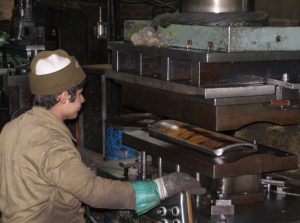
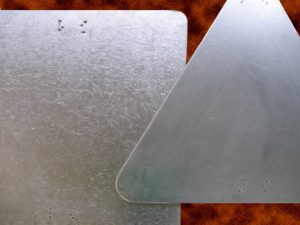
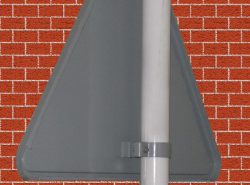

Body coating
Where greasy sheets are used as sign bodies, there must be a coating of electrostatic paint with a thickness of 65 to 90 microns & this paint must be resistant to UV radiation. Before the paint spray, degreasing procedure is carried out as follows:
1 – Removing 2 – Wash
3 – Anti rust 4 – Wash
5 – Phosphating 6 – Wash
7 – Phosphate stabilizing 8 – Drying
The above procedure causes stability & resistance against corrosion.
All the joints & connections to the body & the post of 3mm thickness sheets & are connected by bolt & uts. No holes are visible on the front part of the sign & ince all the connections are made on the back of the ign, no damage is done to the retroreflective sheets
Sign joints
All the joints & connections to the body & the post are of 3mm thickness sheets & are connected by bolt & nuts. No holes are visible on the front part of the sign & since all the connections are made on the back of the sign, no damage is done to the retroreflective sheets.
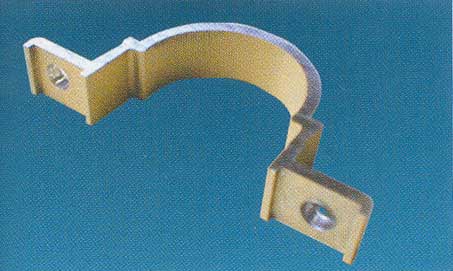

post for disciplinary signs
Height of the post depends on the location of mounting & number of mounted signs. Height of the mounted sign must be so that it remains in the visibility cone of the driver’s eye & also provides no obstruction for pedestrians. Average height of visibility cone of drivers of passenger cars is 120cm & for truck drivers is 210cm. This means the center of the sign must be at this height to have the best visibility for the drivers. On the other hand, limitations of space of 230cm below the sign must be considered in the urban areas. For disciplinary signs, normal height of the sign is 300cm. If two or three signs are mounted on one post, a minimum height of 230cm from the bottom of the lowest sign to the ground must be provided to avoid obstructions for the pedestrians. For warning, hazard identification & delineating signs which are mounted on the roads or urban areas, height of the post is 120 to 150cm & they must be so mounted to be in the visibility cone of the drivers.
As a conclusion, mounting the signs at higher heights without any technical justifications, Reduces the efficiency of the signs & lower heights may also cause problems for the pedestrians.




